Average home sizes: living space per person?
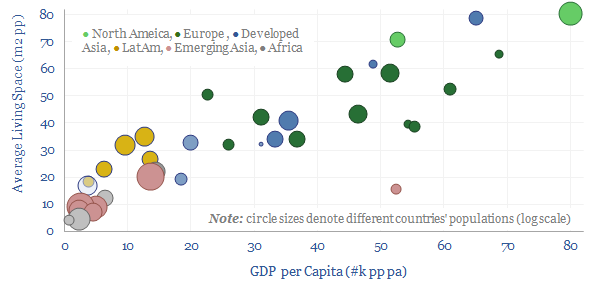
…shared between 3.5 inhabitants, which equates to an average of 20m2 of living space per capita. There is a direct linear relationship between income per capita and living space per…

…shared between 3.5 inhabitants, which equates to an average of 20m2 of living space per capita. There is a direct linear relationship between income per capita and living space per…
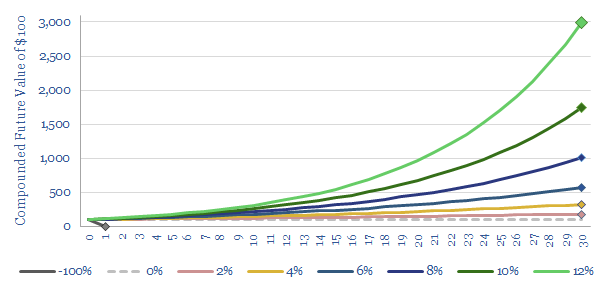
…is sub-optimal, in economic terms, because unlike a visible cost (e.g., a direct “carbon price”), it will not change behaviours in ways that actually drive decarbonisation. No “incremental” energy transition…
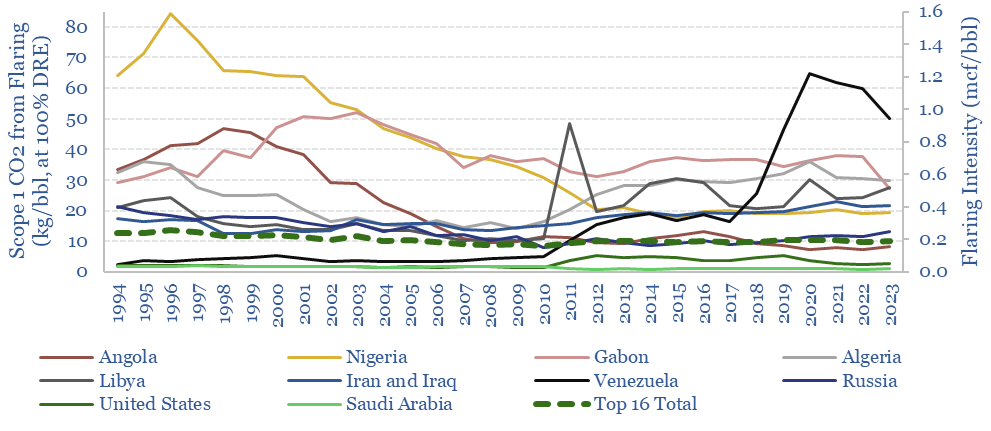
…saw 148bcm of global flaring, averaging 0.2 mcf/bbl and 10 kg/boe of direct emissions. Lower decile countries flared 0.7 mcf/bbl, which is over 40 kg/boe. $139.00 – Purchase Checkout Added to cart…
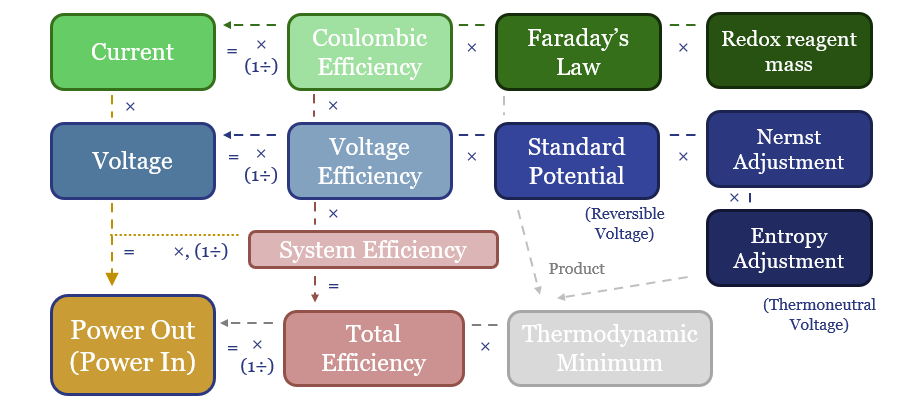
…anode was zinc metal, bathed in an electrolyte of sulfuric acid (H2SO4, or strictly 2H+ and SO42-). An outpouring of electrons, or in other words a direct current, could be…
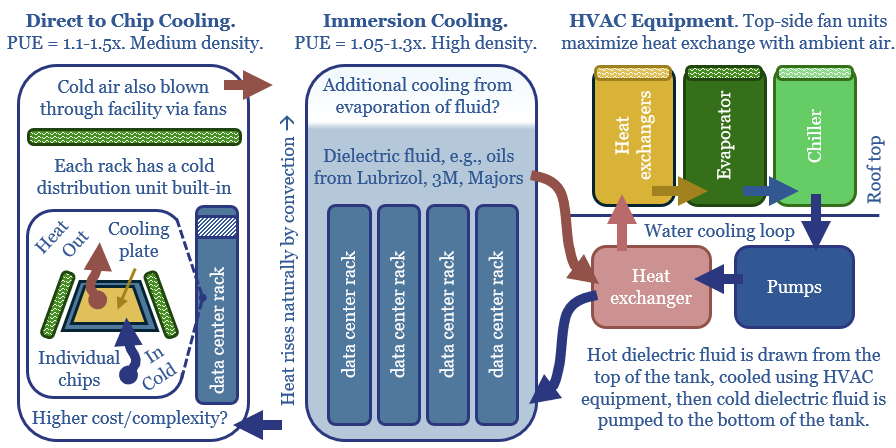
…the Middle East? Answers for core cooling and overall data-centers are on pages 8-9. Immersion cooling may offer advantages over direct-to-chip cooling, and thus gain market share, for reasons outlined…
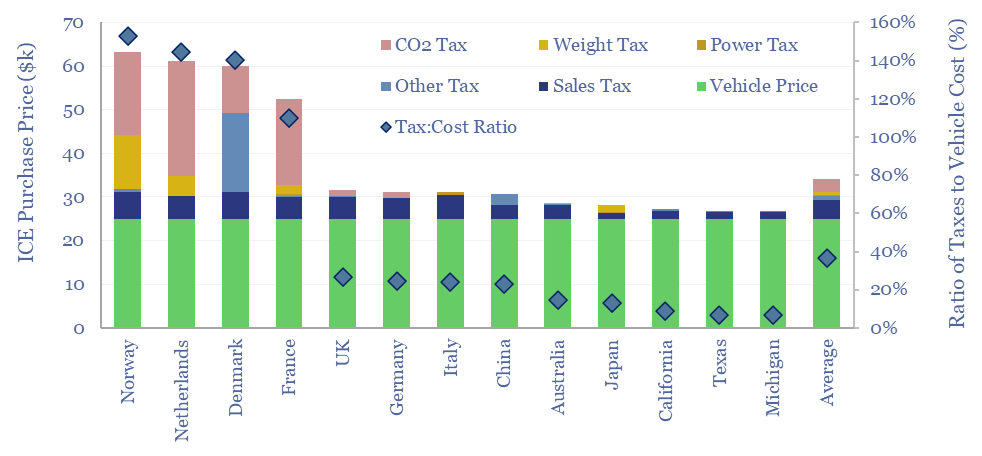
…from vehicle purchase taxes. In many countries, EVs also receive direct fiscal incentives. Decelerating EV sales growth has been a theme that has worried us in our 2024 research. One…
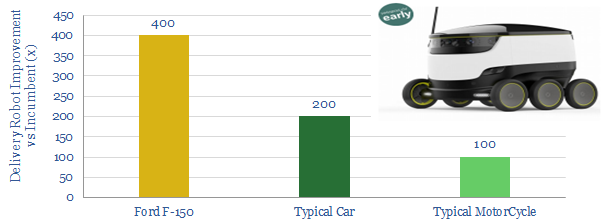
…Direct energy economics are calculated below, based on the battery disclosures for one of Starship’s robots. A single delivery robot is implied to achieve an unheard-of c200miles/kWh. Matching the maths…
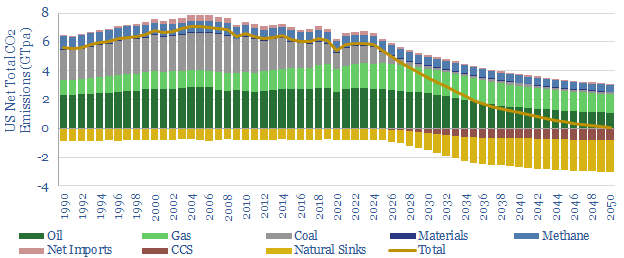
The US consumes 25,000 TWH of primary energy per year, which equates to 13,000 TWH of useful energy, and emits 6GTpa of CO2. This model captures our best estimates for…
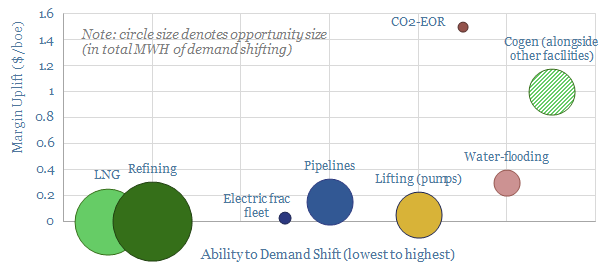
…an expansion of cogen capacity at large industrial assets, as a counter-balance to the overbuilding of renewables. We argue this remains one of the most exciting and direct ways to…
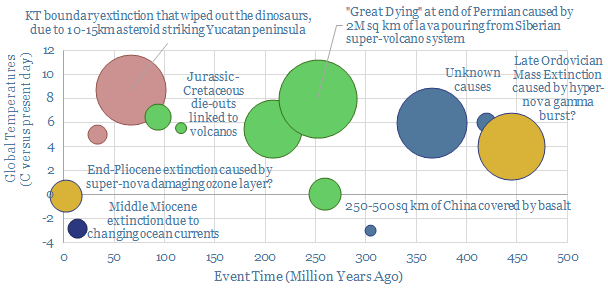
…of the world’s forests since pre-industrial times, over half of some blue carbon eco-systems and threatening up to 1M species. Solving this problem is the direct rationale for nature-based solutions…